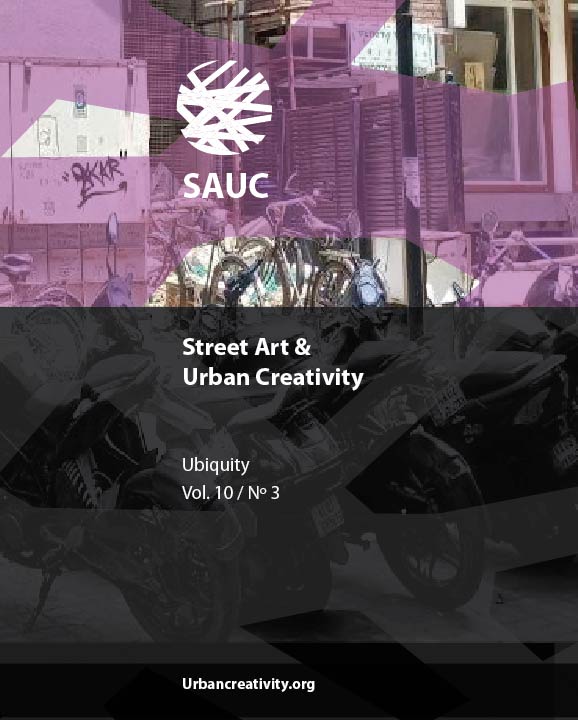The Factors affecting urban art development in the Mekong Delta, Viet Nam
DOI:
https://doi.org/10.25765/sauc.v10i3.847Keywords:
Urban art, landscape, Mekong deltaAbstract
The study's objective is to evaluate the state of art's development in Mekong Delta urban regions in Vietnam. The results from 150 interview forms identified two groups of factors, including type and historical-cultural value with 12 variables; order and community interaction with 9 variables. With a coefficient of KMO = 0.94 and a total variance of 67.02%, types include trees, lights, construction works, statues, and paintings, distributed in parks, squares, main roads, government agencies, and private establishments. There is a difference in people's interest in urban art in 3 types of cities. Urban art in urban areas is assessed to meet people's needs.
Downloads
Global Statistics ℹ️
|
213
Views
|
57
Downloads
|
|
270
Total
|
|
Downloads
Published
How to Cite
Issue
Section
License
Those authors who publish in this journal accept the following terms:
-
Authors retain copyright.
-
Authors transfer to the journal the right of first publication. The journal also owns the publishing rights.
-
All published contents are governed by an Attribution-NoDerivatives 4.0 International License.
Access the informative version and legal text of the license. By virtue of this, third parties are allowed to use what is published as long as they mention the authorship of the work and the first publication in this journal. If you transform the material, you may not distribute the modified work. -
Authors may make other independent and additional contractual arrangements for non-exclusive distribution of the version of the article published in this journal (e.g., inclusion in an institutional repository or publication in a book) as long as they clearly indicate that the work was first published in this journal.
- Authors are allowed and recommended to publish their work on the Internet (for example on institutional and personal websites), following the publication of, and referencing the journal, as this could lead to constructive exchanges and a more extensive and quick circulation of published works (see The Effect of Open Access).













